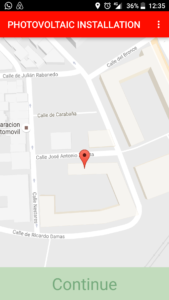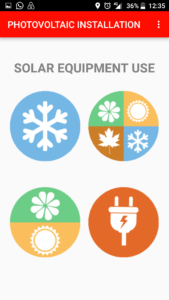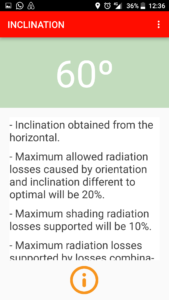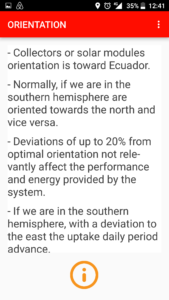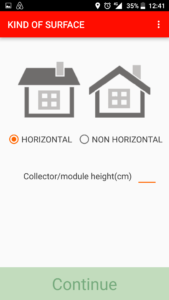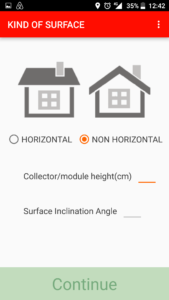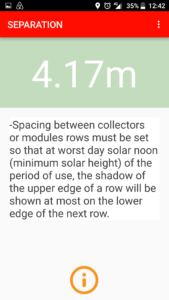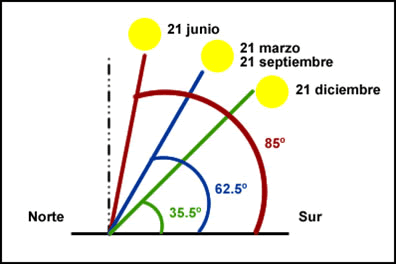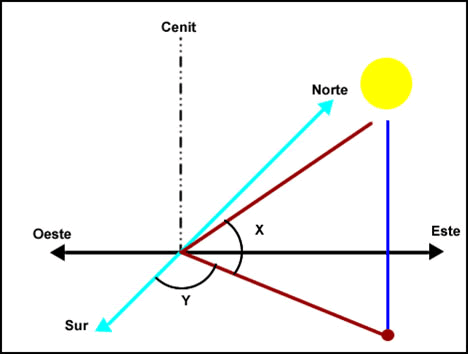The year 2017 in Argentina is the break point between a disastrous past and a future that can be plentiful in renewable energies field.
In RenovAr Program rounds 1 and 1.5, 2,423 MW of renewable energy projects have been awarded.
The always old-timers will say (and in some cases with reason) that many projects will not be realized.
The surprisingly low award prices and the increase in financing costs provoked by the white house tenant change make doubtful some projects profitability.
Especially the 60% that was not developed by Chinese origin promoters. The latter have the handicap of unattainable financing for the rest, but they will also have difficulty coping with the high “Argentine cost”.
The truth is that much of them will become reality and renewable energy participation in the country’s energy matrix will begin to be relevant (Law 27.191 objectives of 8% in 2017 and 20% in 2025).
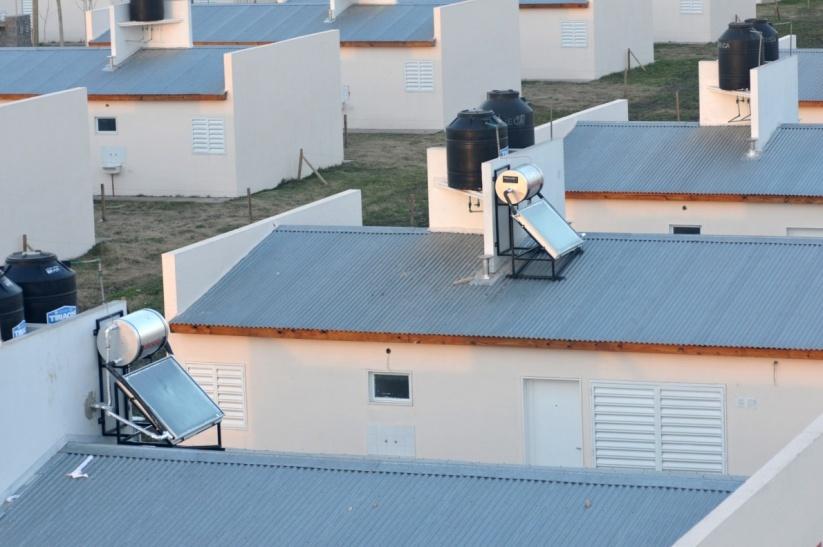
On distributed generation side, the impulse is given by solar thermal energy, which in locations without natural gas network access is already more profitable than all other energy sources.
In addition, those who are developing new constructions in locations with natural gas network access and do not incorporate solar thermal energy in their projects, are making a serious mistake.
Energy tariffs will continue with their irreversible sincerity process.
Photovoltaic distributed generation is more difficult because involves a more important initial investment and a longer repayment term.
In locations with electricity grid access is being developed almost exclusively for lighting applications in complement with LED technology.
In isolated locations for houses electrification, water pumping, signaling and communications.
This situation is going to change throughout this year.
Decree 531 establishes the purchase mechanisms (private contracting, self-generation or cogeneration or participation in a joint purchasing mechanism) for users with energy demands equal to or greater than 300 kW; which must cover at least 8% of the total electricity consumption from renewable sources by December 31, 2017.
Sopelia is advising many companies that have already taken the first step: develop solar energy projects on the paper to evaluate purchase mechanisms versus self-generation in order to achieve (and even surpass) the required percentage.
Solar is the renewable energy with urban environment integration highest level and these companies can take advantage of their roofs to place photovoltaic or thermal systems.

All companies that make intensive electrical energy use or include fluids heating in their production process should elaborate these projects on paper to make the right decisions with real information that accurately reflects their particular situation.
The government could accelerate this transformation process by:
* Regulations that oblige solar thermal systems incorporation in all new construction, in Spanish CTE style
* Implementation of a serious plan (installed capacity objectives, deadlines and compliance measures of those objectives, measures to correct deviations) that really favors the distributed photovoltaic generation development in residential, commercial, services and industrial sectors
* Impulse of interconnection infrastructure investment by energy distribution companies
* Conducting a thorough study to reduce import tariffs on renewable inputs and equipment that can hardly be manufactured in short and medium term in the country.
Renewable energies put Argentina in front of another opportunity (and go …) to end its sad paradox:
Having enormous natural resources and never making a correct use of them for benefit of all its citizens.
Solar energy wherever you are with Sopelia.

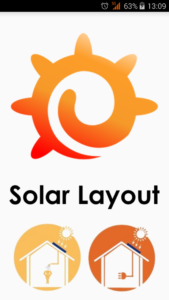
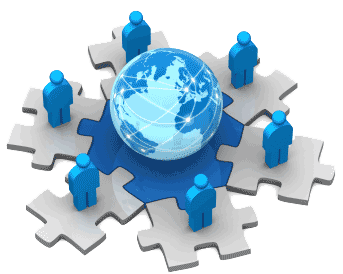
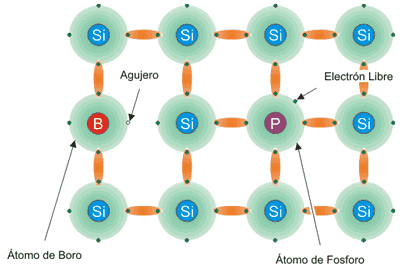

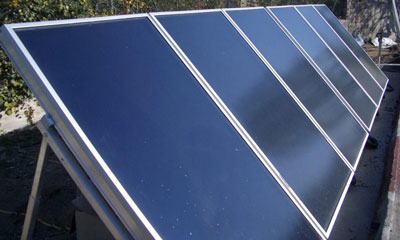





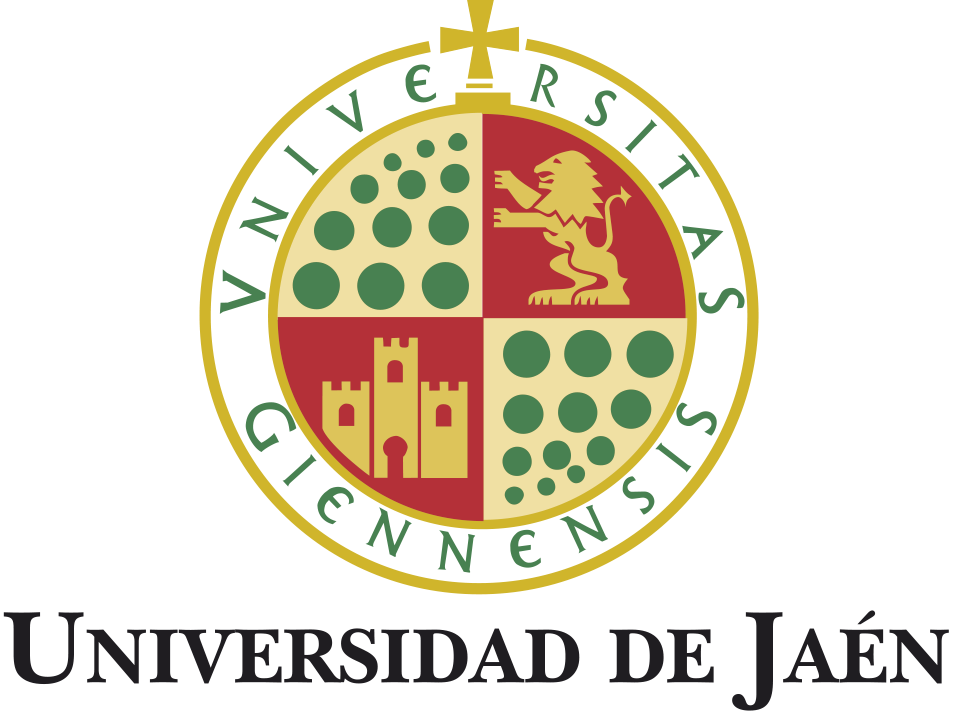






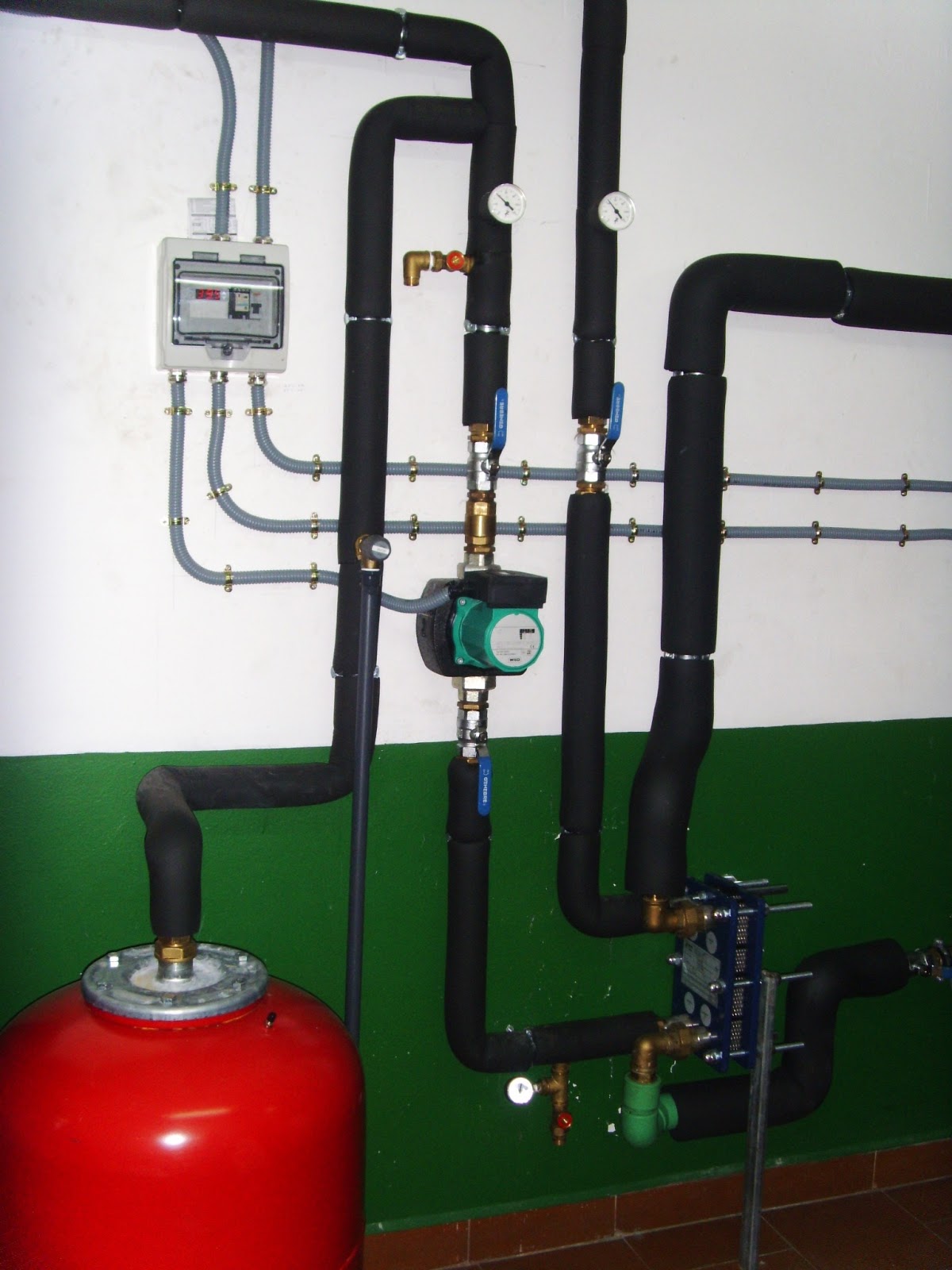 d) Exchange system: exists in case the fluid flowing through the solar collectors is not the same as the one used by the user; for example when there is frost risk or user fluid can damage the solar system. The exchanger can be part of the same accumulator or located outside.
d) Exchange system: exists in case the fluid flowing through the solar collectors is not the same as the one used by the user; for example when there is frost risk or user fluid can damage the solar system. The exchanger can be part of the same accumulator or located outside.


